Search
Country / Region
Ceinture de force
Rencontrez votre nouveau secret pour un soutien et une stabilité supérieurs du dos. Les Ceintures de force UPPPER sont fabriquées en cuir microfibre de haute qualité, conçu pour durer, avec une boucle à double ardillon pour une sécurité maximale, et un design effilé pour ne pas compromettre votre amplitude de mouvement.
Conçues pour le confort, construites pour la puissance, afin que vous puissiez conquérir chaque répétition.
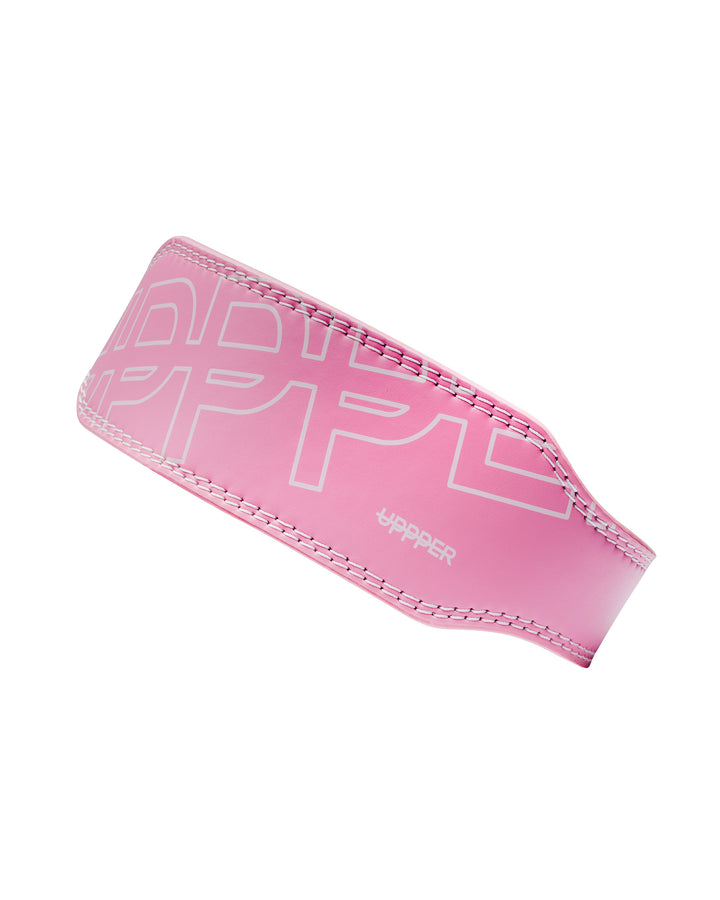
Ceinture de force Rose
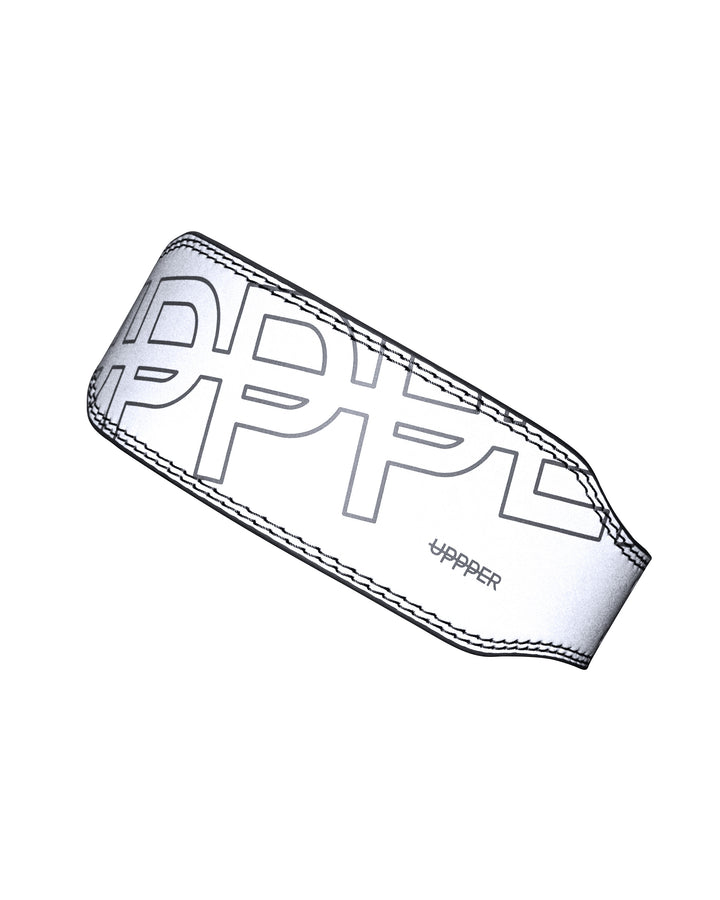
Ceinture de force Réfléchissante
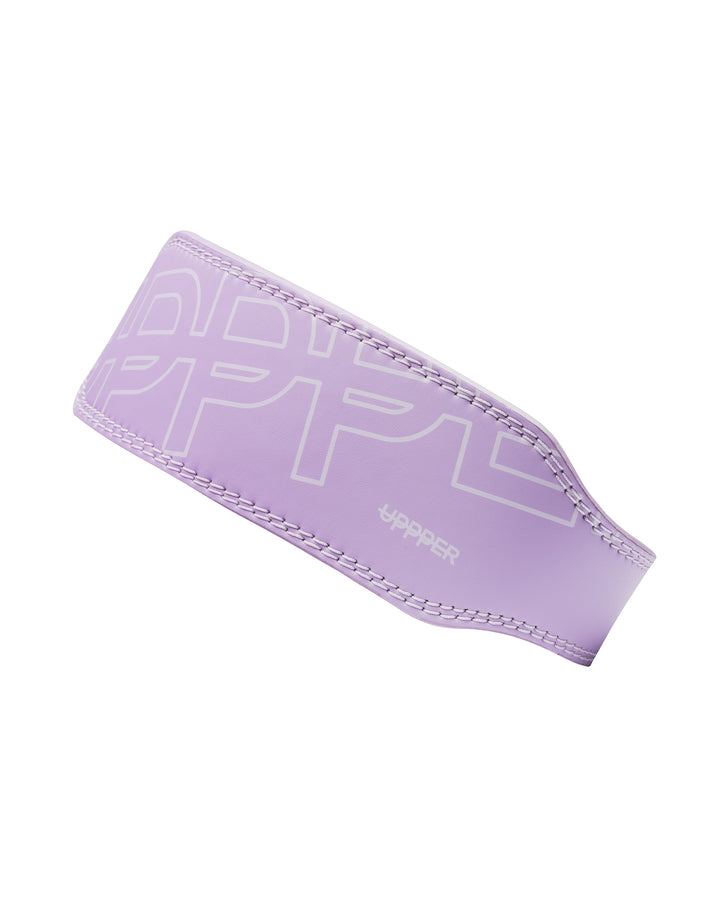
Ceinture de force Lavande
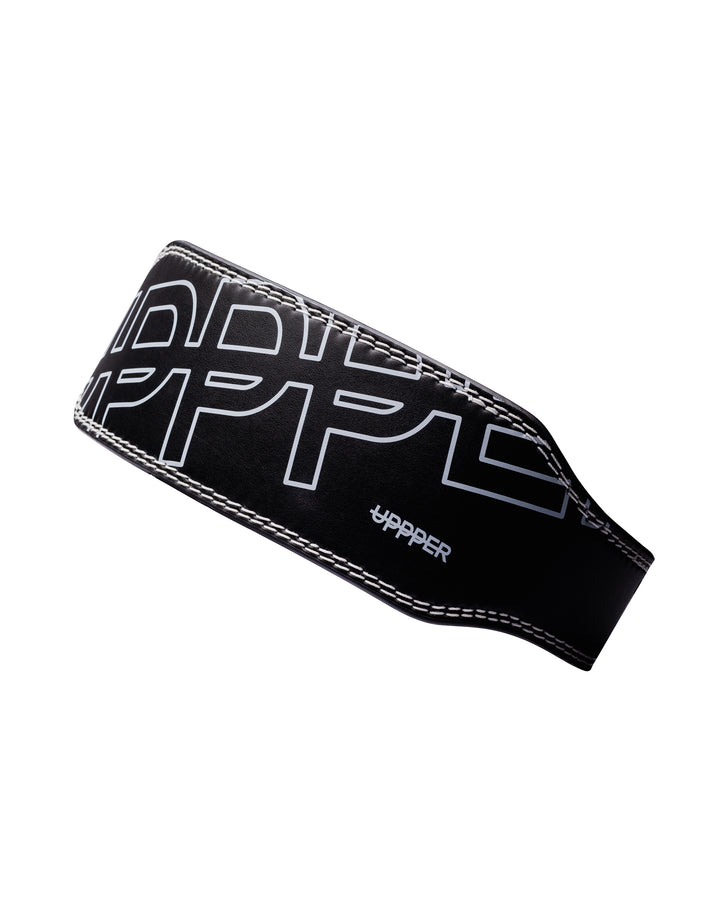
Ceinture de force Noir
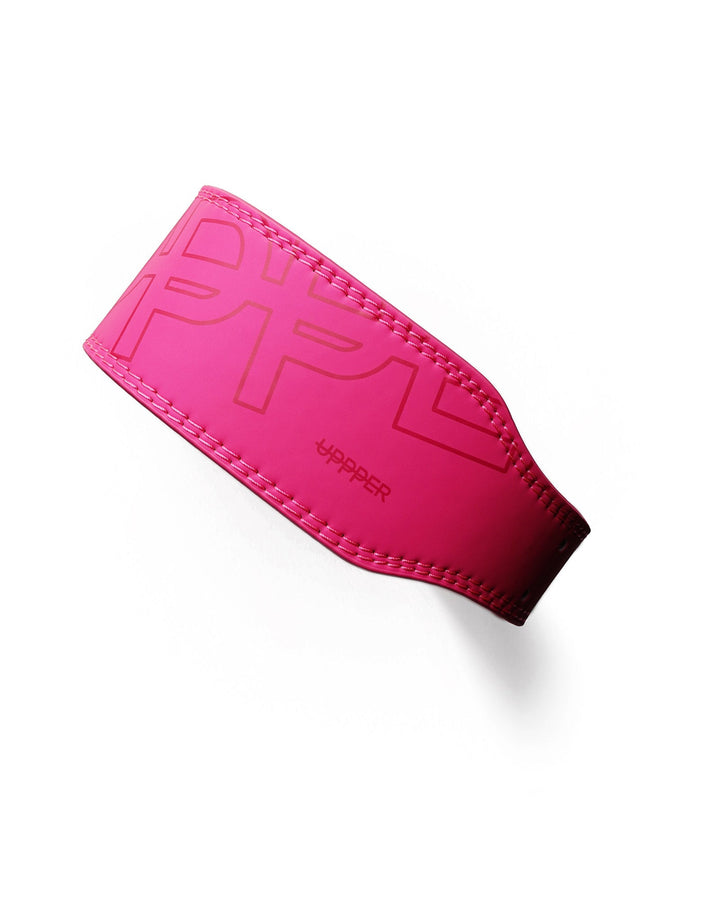
Ceinture de force Rose néon
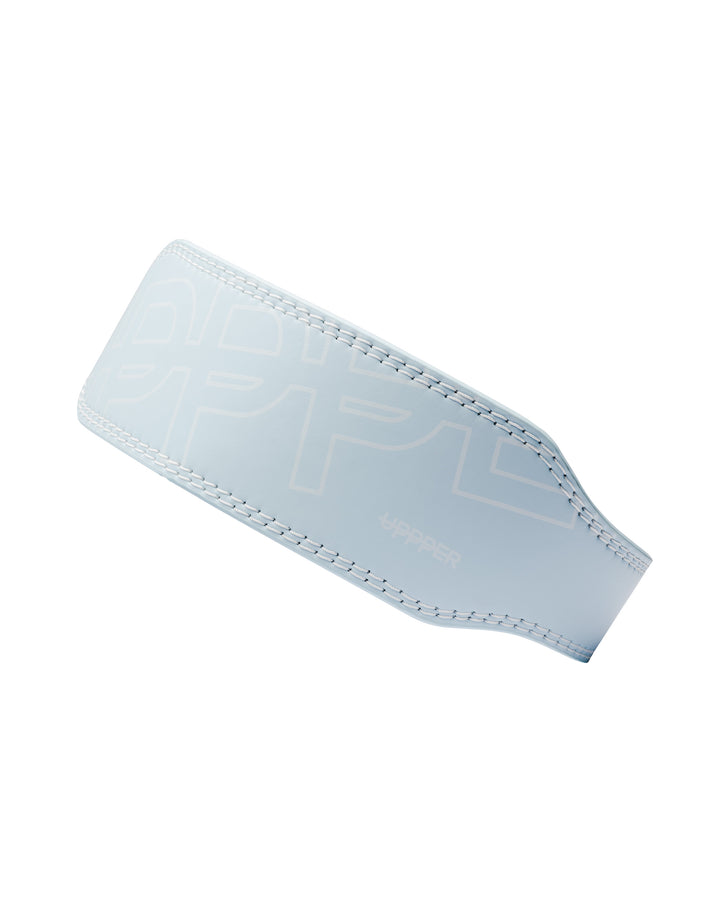
Ceinture de force Bleu layette
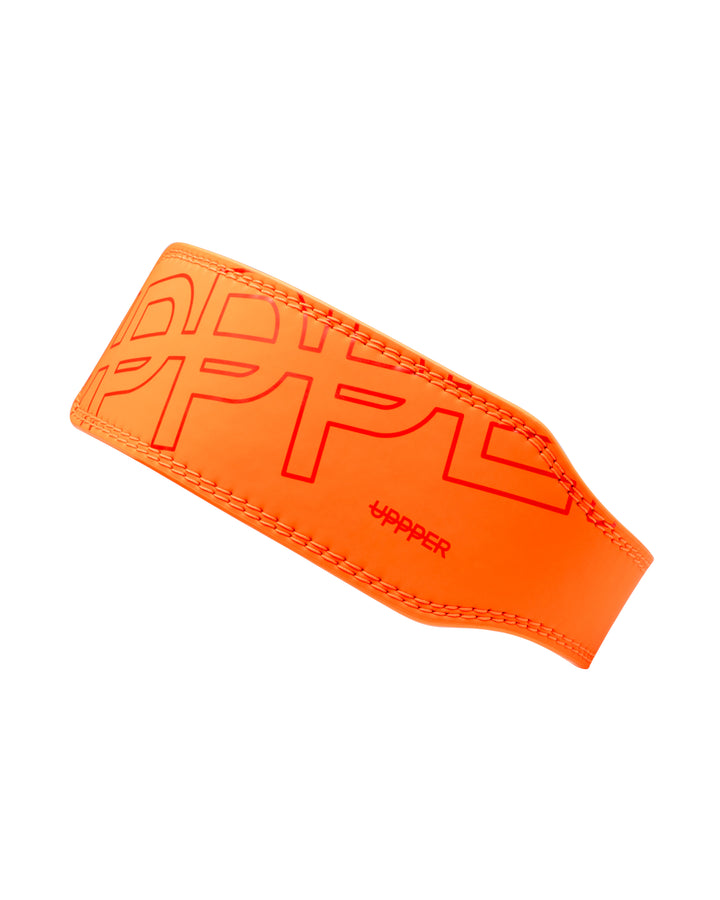
Ceinture de force Orange néon
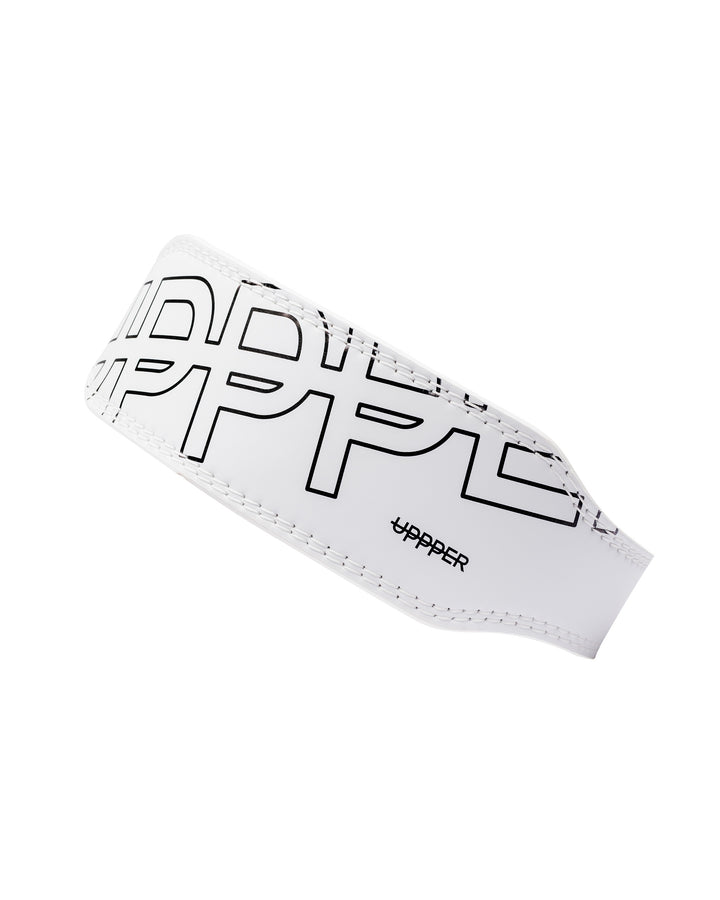
Ceinture de force Blanc
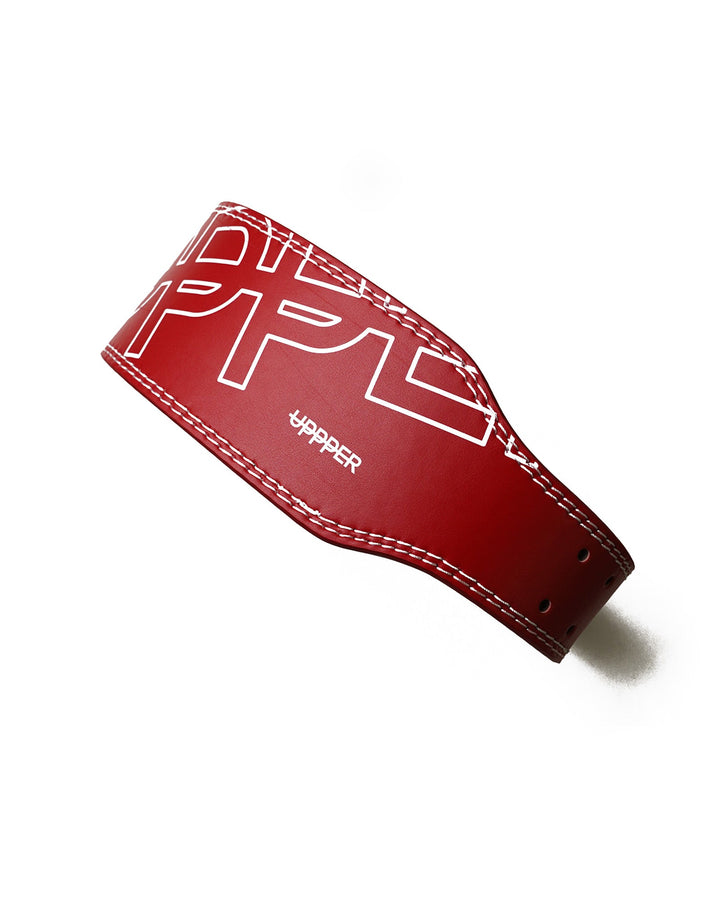
Ceinture de force Rouge
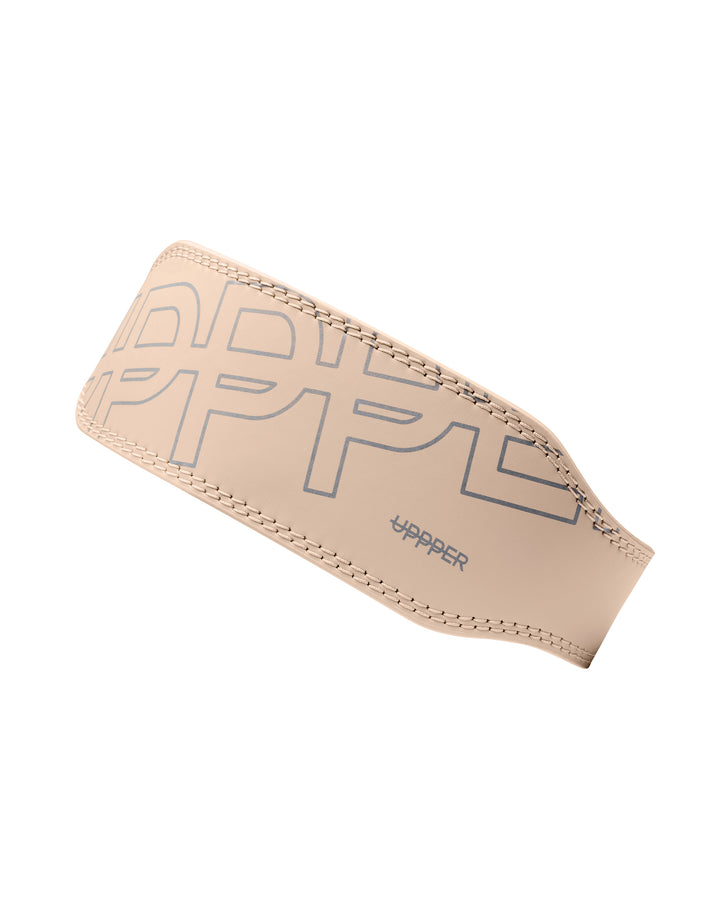
Ceinture de force Sail

Ceinture de force Boue
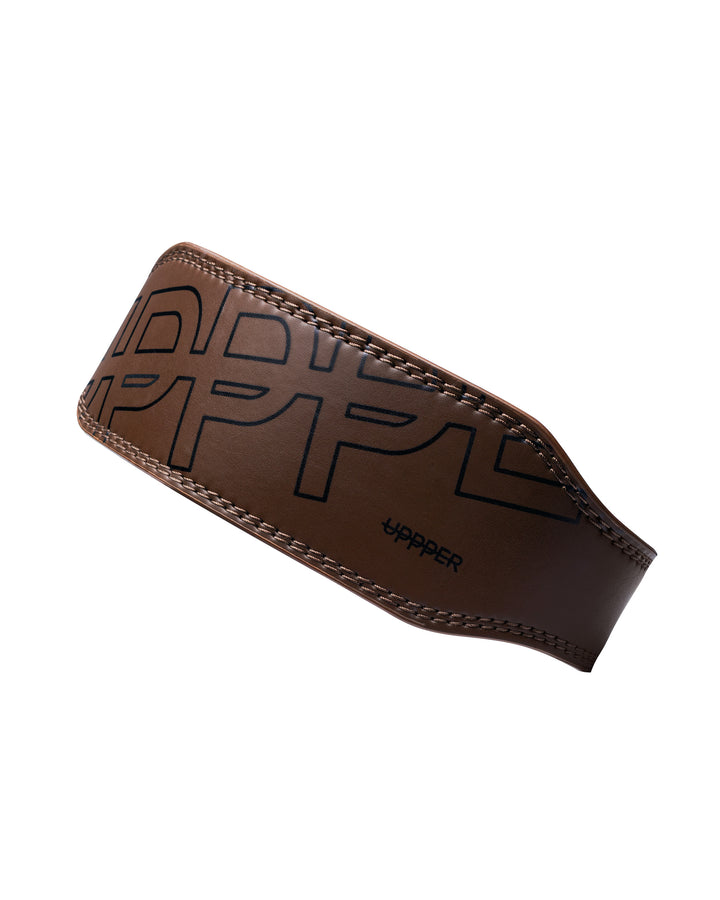
Ceinture de force Umber
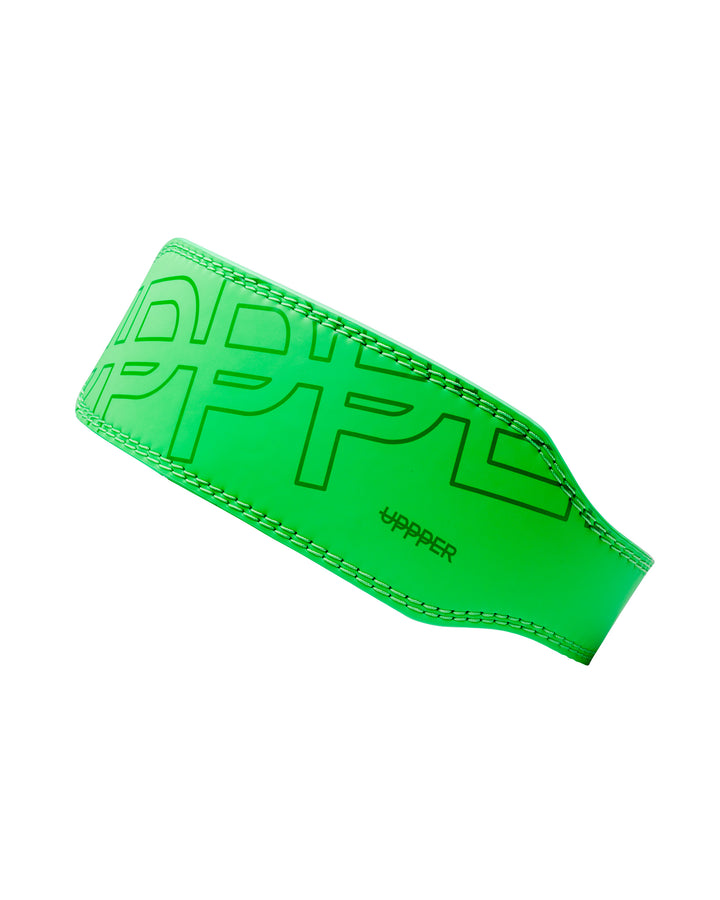
Ceinture de force Vert néon
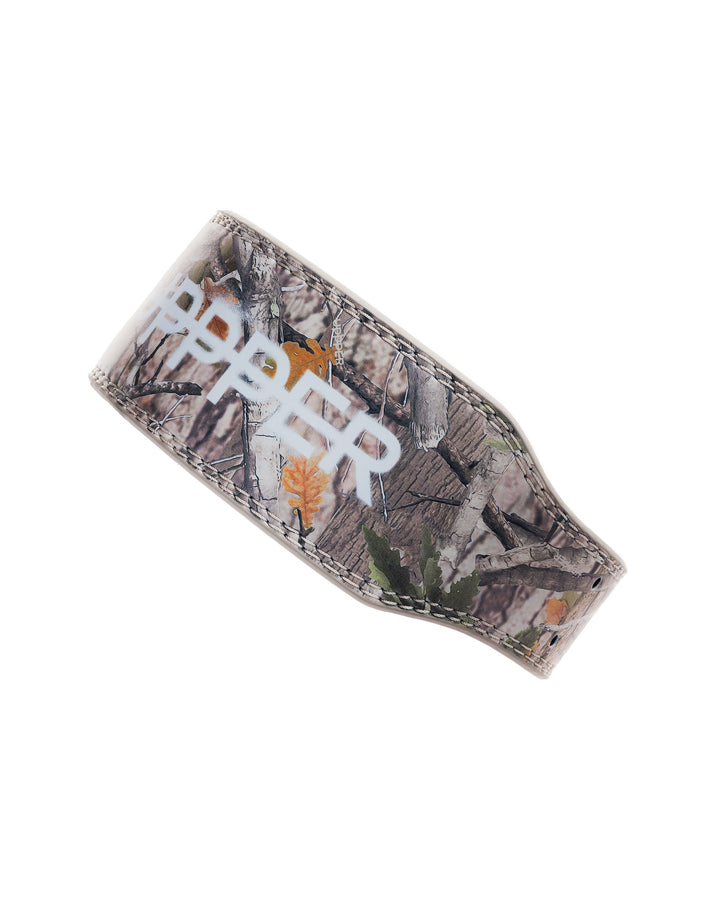
Ceinture de force Camouflage
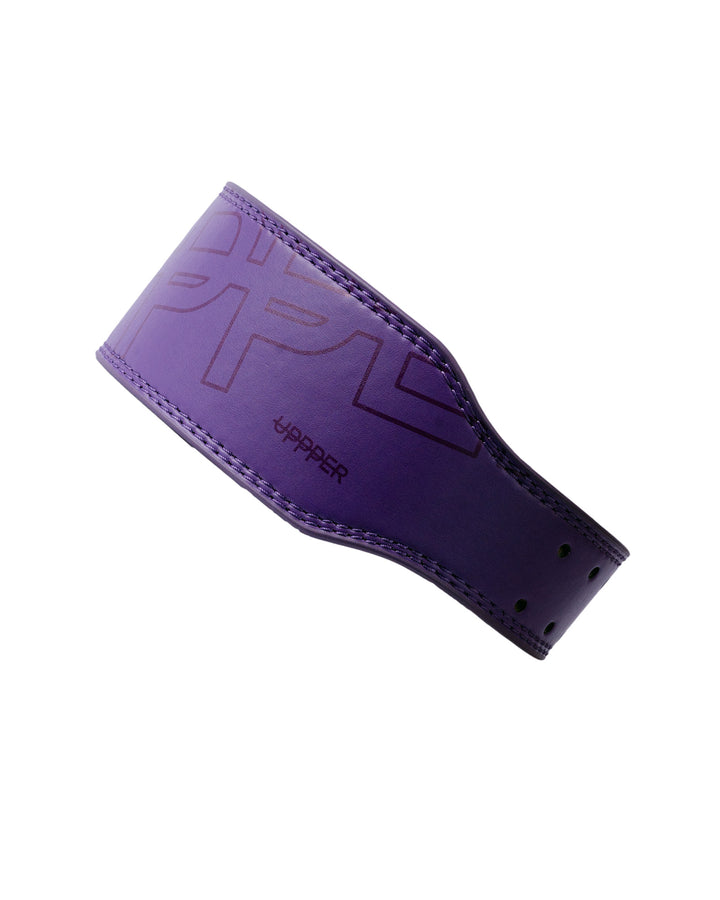
Ceinture de force Prune
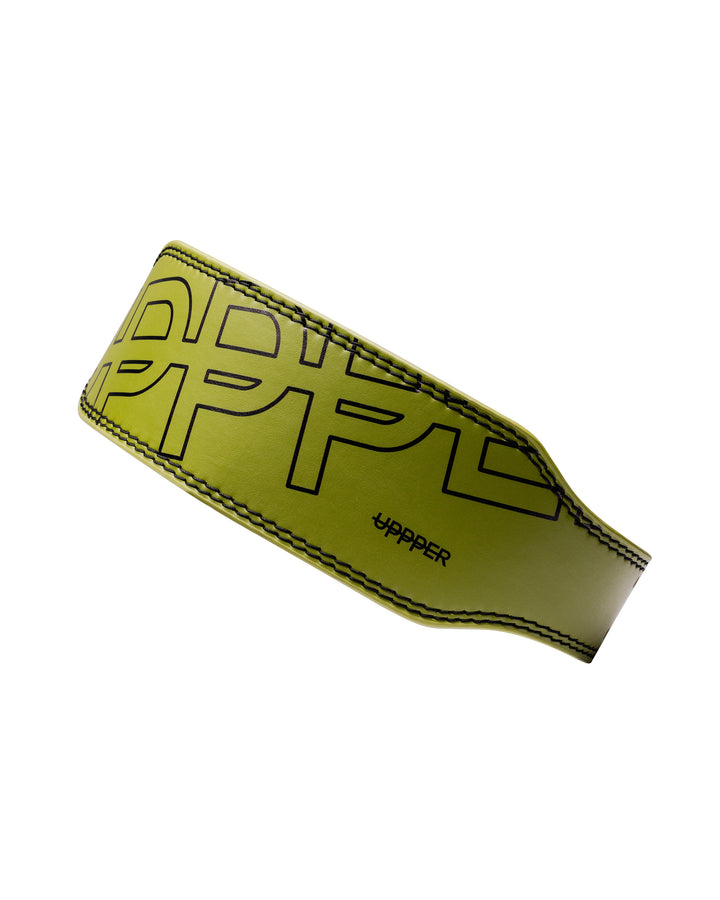
Ceinture de force Kaki
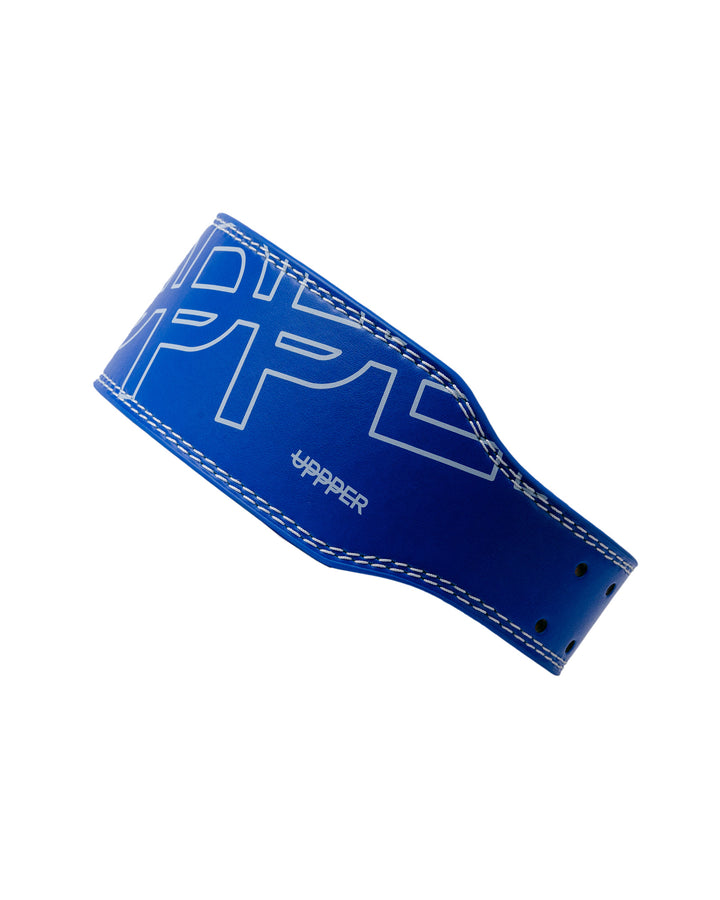
Ceinture de force Bleu Royal
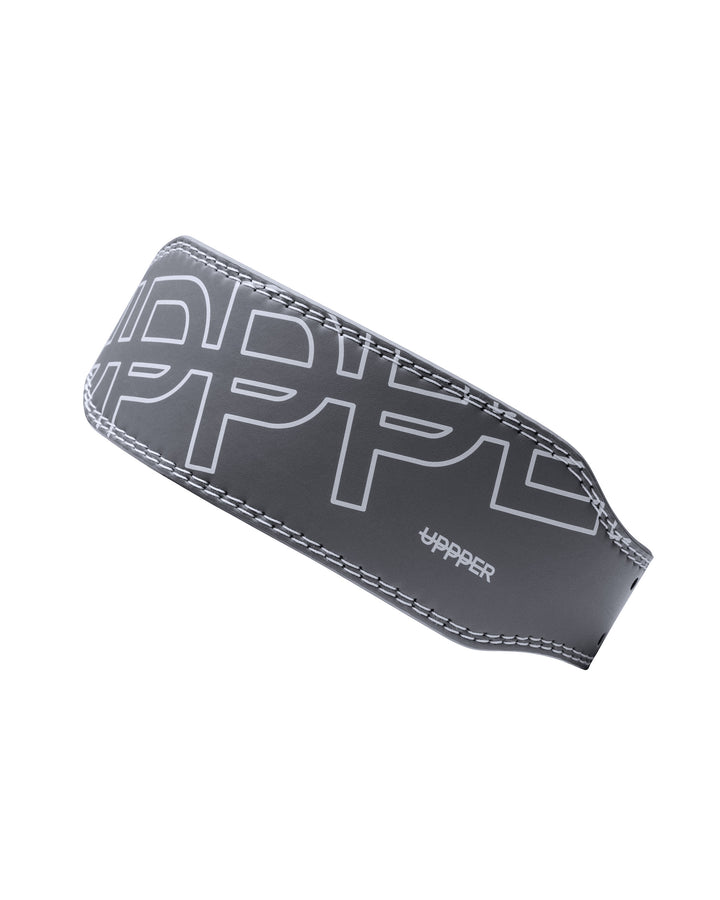
Ceinture de force Gris
FAQ
À quoi sert une ceinture de force ?
Une ceinture de force soutient le bas du dos et le core lors des charges lourdes, aidant à stabiliser la colonne vertébrale et à améliorer la posture pendant les levées.
Quels sont les avantages des ceintures de force ?
- Stabilité accrue – Apporte un soutien au core et au dos lors des levées lourdes.
- Performance améliorée – Permet de soulever plus lourd avec une meilleure posture.
- Prévention des blessures – Réduit le risque de blessures au bas du dos en stabilisant la colonne vertébrale.
Quand devrais-je utiliser une ceinture de force ?
Cela dépend de vos objectifs et de votre niveau, mais un bon indicateur pour commencer à utiliser une ceinture de musculation est lorsque vous ne pouvez plus effectuer plus de 1 à 5 répétitions avec une bonne forme.
Quelle est la différence entre une ceinture à ardillon et une ceinture à levier ?
Une ceinture à ardillon utilise une boucle traditionnelle, permettant des micro-ajustements plus précis.Une ceinture à levier est équipée d’un mécanisme à levier, offrant un serrage et un desserrage rapides ainsi qu’un ajustement constant.
À quel point une ceinture de force doit-elle être serrée ?
Une ceinture de musculation doit être suffisamment serrée pour soutenir votre core et votre dos, mais pas au point de restreindre votre respiration ou vos mouvements.
Comment mettre une ceinture de force ?
Placez la ceinture autour de votre taille, juste au-dessus des hanches.Serrez la ceinture, mais pas trop, afin de permettre un bon gainage du core.Attachez la boucle à votre réglage préféré, en vous assurant que la ceinture reste bien en place pendant vos levées.
